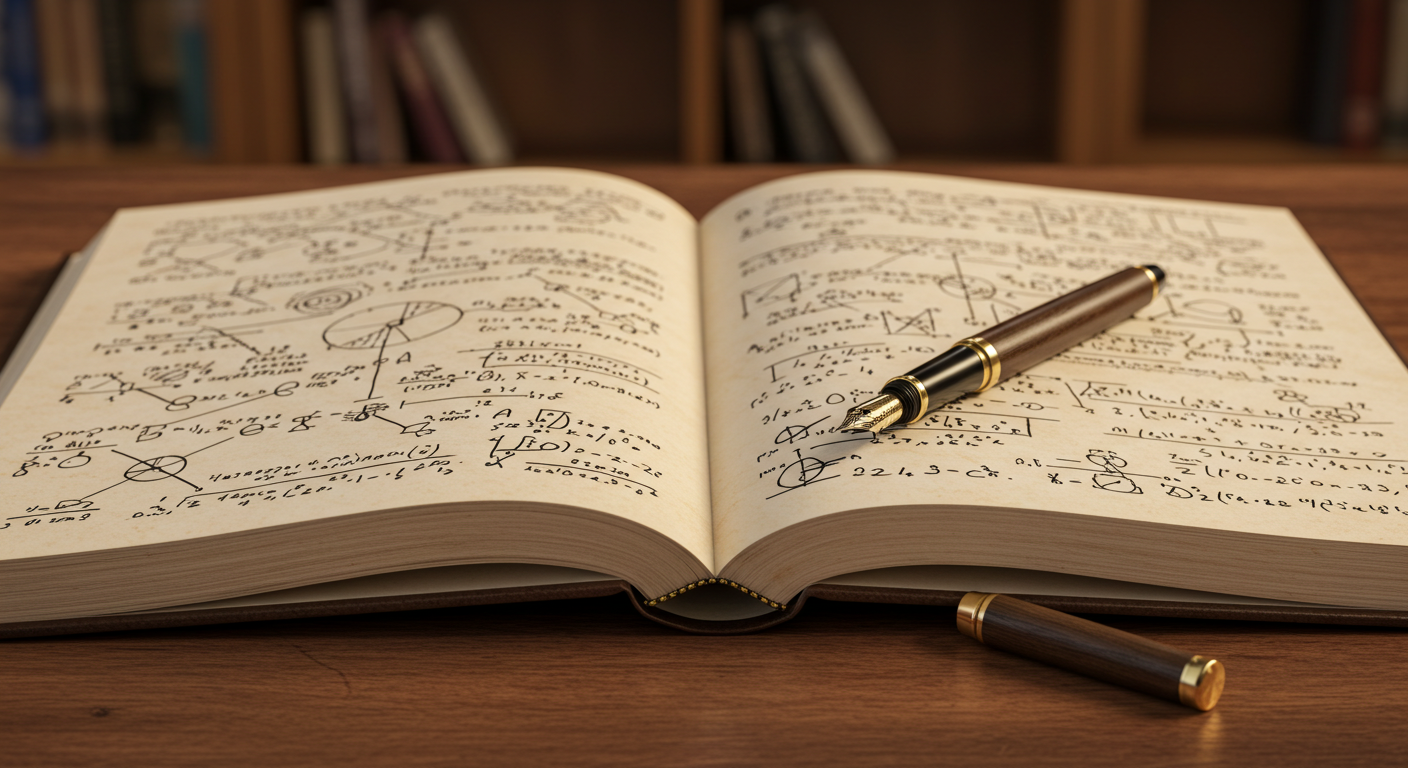When evaluating the elegance and clarity of an English passage, it’s essential to consider both the structure and the language used. The passage you provided presents a poetic, introspective narrative, but there are several aspects to review to determine if it reads as polished or ‘端正’ (formal or refined in Japanese). This article will analyze the key components that contribute to an elegant, well-structured passage.
1. Clarity and Fluidity of Language
Elegance in writing often begins with clarity and fluidity. In the passage provided, sentences like ‘When tears fell, the still-brown sunlight was presenting us with days’ evoke vivid imagery but can feel slightly convoluted. While it is poetic, the choice of words may leave some readers puzzled. To achieve a more refined expression, breaking down complex ideas into simpler terms could improve the clarity without losing the emotive impact.
The sentence ‘Between the mirrors, I was alone’ is quite direct and impactful. It creates a sense of isolation that fits well within the context. It could, however, be expanded for additional emotional depth. Adding a description of the physical environment, for example, might enrich the reader’s experience.
2. Thematic Consistency and Structure
In terms of thematic consistency, the passage successfully maintains a sense of mystery and introspection throughout. The question ‘Is anyone there? Is no one there?’ and the subsequent lines contribute to this atmosphere, drawing the reader into the narrator’s mental state. However, the shift between these contemplative thoughts and the appearance of the person in the black robe is somewhat abrupt.
For a more polished feel, a smoother transition could help maintain the flow between these ideas. The introduction of the person in the black robe might be more effective if there’s a buildup or foreshadowing earlier in the text, enhancing the overall structure.
3. Use of Imagery and Symbolism
The use of imagery, such as ‘the depths of the mirror,’ adds an abstract and symbolic layer to the writing. The mirror in literature often symbolizes self-reflection or duality, and this passage hints at both. This type of imagery is powerful, but it could benefit from further clarification or elaboration to make it more accessible to readers while still maintaining its mystique.
Additionally, the description of the black-robed figure who takes the narrator’s hand is rich with potential for deeper symbolism. Exploring this figure’s role and significance within the narrative could enhance the impact of this moment and give readers more insight into the broader theme of the passage.
4. Pacing and Emotional Impact
While the passage conveys a contemplative mood, the pacing could be refined. The abrupt transitions between sections, such as moving from a solitary moment of questioning (‘Is anyone there?’) to the sudden appearance of a mysterious figure, may feel disjointed. Building suspense or offering subtle hints about what is to come can maintain the emotional continuity of the piece.
Furthermore, the emotional weight of phrases like ‘Yes, you are alone’ could be expanded. This moment could be more impactful if it were set up with more context, giving the reader a better understanding of the emotional state of the narrator.
5. Conclusion and Final Thoughts
Overall, the passage effectively sets a mysterious and reflective tone, but some refinement in structure, clarity, and transitions could enhance its elegance. By carefully revising the flow and ensuring that imagery and symbolism are clearly connected to the narrative, the passage could read more smoothly while still maintaining its poetic nature.
In conclusion, ‘端正’ or elegance in writing isn’t solely about the vocabulary or sentence structure. It’s about creating a seamless, evocative experience for the reader that resonates emotionally while remaining clear and coherent. With a few adjustments, the passage could transform into an even more polished piece of writing.



コメント